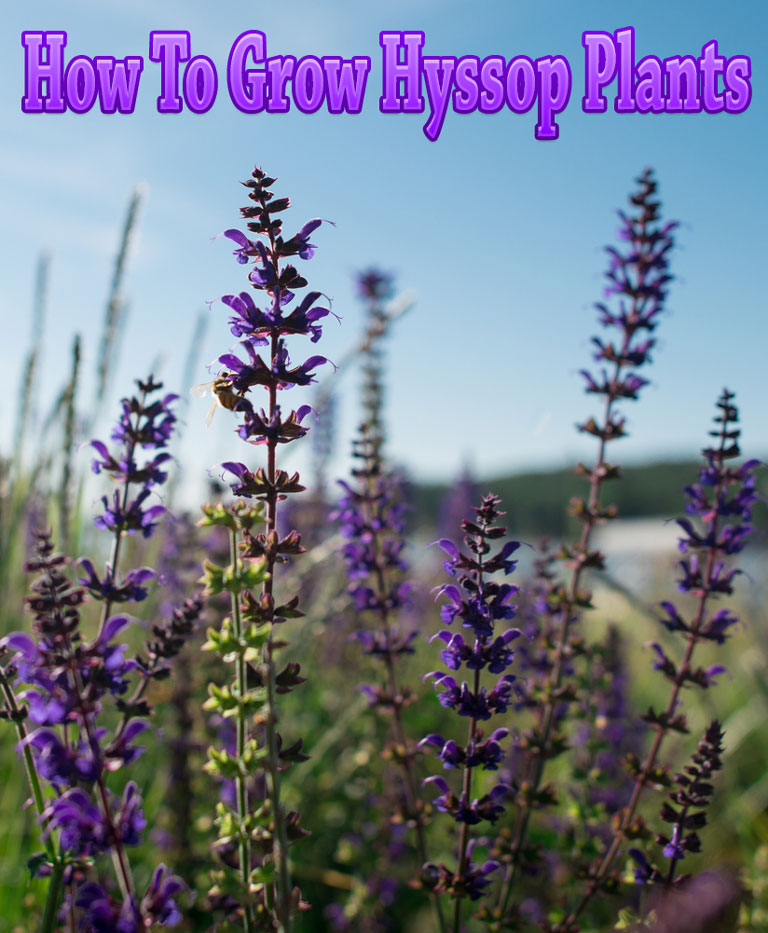
How To Grow Hyssop Plants
Grown in containers or as a border plant, Hyssop is extremely attractive to bees, butterflies and hummingbirds.
Sunlight: Full sun to partial shade
Maturity: 75-85 days from seed
Height: 12 to 24 inches
Spacing: 12 to 24 inches apart, 2 to 4 feet between rows
Home herb gardeners are growing hyssop (Hyssopus officinalis) for its dark green leaves which are used to flavor salads, soups, liqueurs and stews. Attractive plants have woody stems, small, pointed leaves and spikes of pink, red, white and blue-purple flowers. This hardy perennial grows 2-3 feet tall.
Native to southern Europe, Hyssop was used as early as the seventh century as a purifying tea and for medicine. The ancient herb is said to cure all manner of ailments from head lice to shortness of breath.
Flavorful and exotic, heirloom herbs have passed through kitchens and tea rooms for generations. And they’re easy to cultivate.
Quick Guide
- Medium-sized plant whose leaves are used for salads, liqueurs and soups
- Flowers are pink, red, white and purple
- Start seedlings indoors 8-10 weeks before last frost; be patient with germination
- Set seedlings outdoors after last frost
- Choose a site with full sun and dry soil that drains well
- Best used fresh
- Very few pests and diseases — considered an excellent companion plant
Site Preparation
Hyssop prefers full sun to partial shade and dry, well-drained soil. Prior to planting, work in plenty of organic matter, such as compost or aged animal manure. It is also helpful to add a light application of organic fertilizer to the planting hole.
Hyssop grows equally well in containers, rock gardens and window boxes.
How to Plant
Sow indoors just beneath the surface of the soil 8-10 weeks before the last frost. Seeds will germinate in 14-21 days. Transplant out in the spring after the last frost. Set plants 12-24 inches apart.
In autumn, new plants can be created by root division. Pruning to the first set of leaves after flowering will create a more compact plant and better flowering in the following year.
Harvesting
Use the youngest leaves and stems as needed. Cut in the morning after the dew has dried for optimal flavor. Do not wash the leaves or aromatic oils will be lost.
Hyssop is best used fresh but can also be stored frozen in plastic bags or dried. To dry, tie the cuttings in small bundles and hang upside down in a well-ventilated, dark room. When dry, remove the leaves from the stems and store whole. Crush or grind just before use.
Insects and Disease
Hyssop does not have many insects or disease problems. In fact, several articles suggest that the perennial herb repels flea beetles and cabbage moths when planted in vegetable gardens. Hyssop is often grown as a companion plant and is particularly beneficial to cabbage and grapes.
Seed Saving Instructions
Seeds are ready to harvest when the seed capsules are completely dry and brown. The capsules can then be picked and the seeds easily separated by hand.
The Hyssop is an aromatic plant and is extremely attractive to bees
The Hyssop herb is an aromatic plant, and the young leaves are somewhat bitter and minty in flavor. A widely used culinary herb, both the flowers and leaves are used in salads although the leaves are much stronger in flavor. It is also used to flavor pork, chicken, soups, teas and stuffing.
Hyssop is also considered to be a medicinal herb, with the oil obtained from the leaves used to make herbal baths and facials.
Hyssop is an excellent bee plant. Legend has it that beekeepers rubbed their hives with hyssop and other herbs to encourage bees to stay. Hyssop also attracts hummingbirds and butterflies; claims that it keeps cabbage butterflies away from crops or repels flea beetles have not been substantiated.

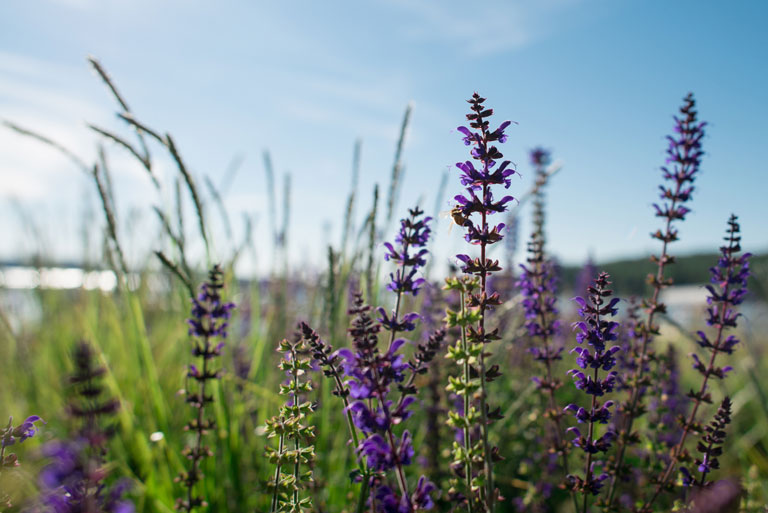

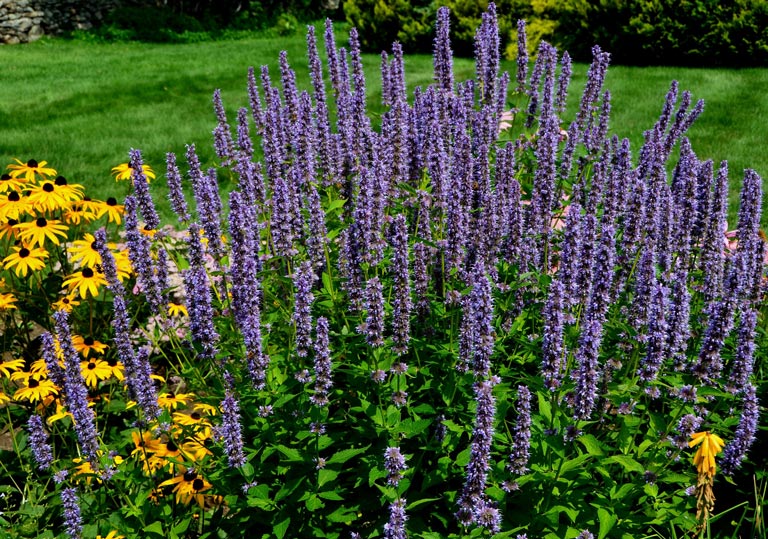

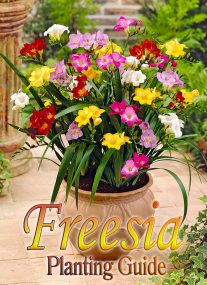

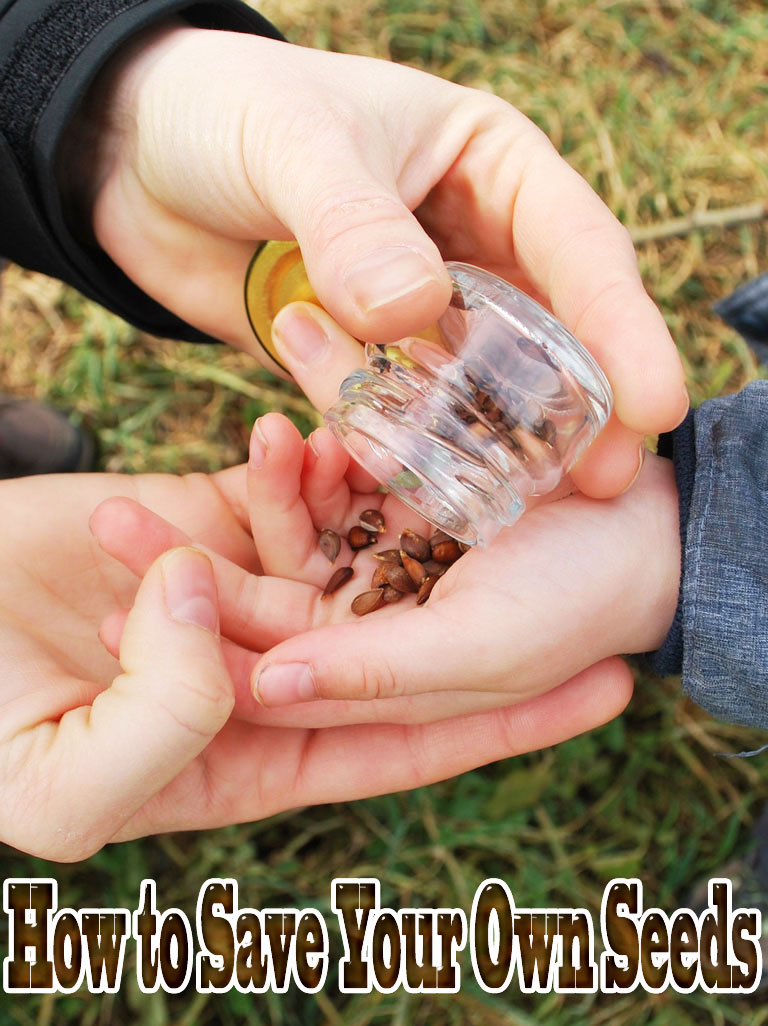
Leave a Reply